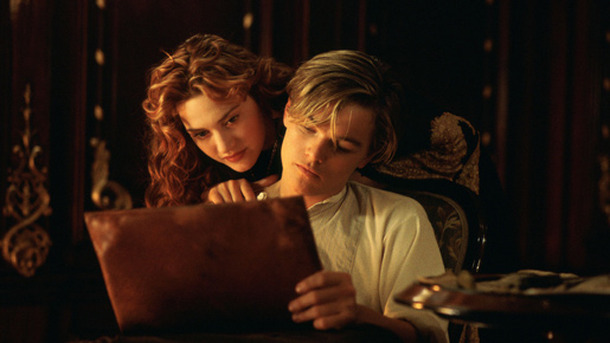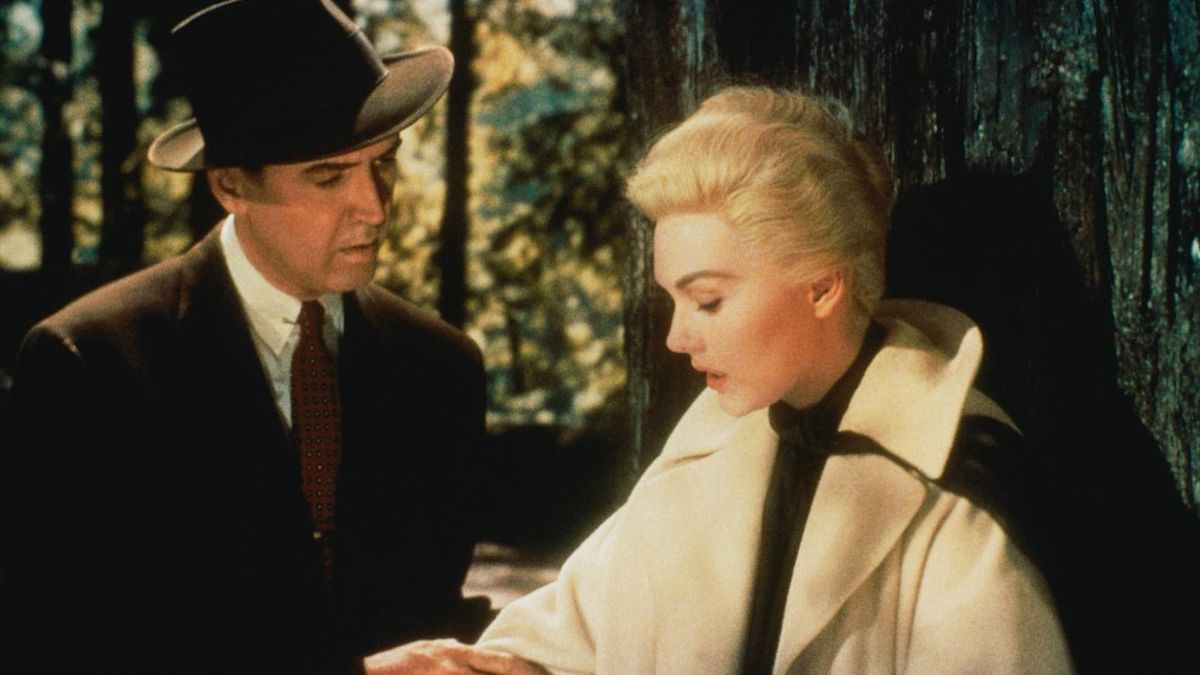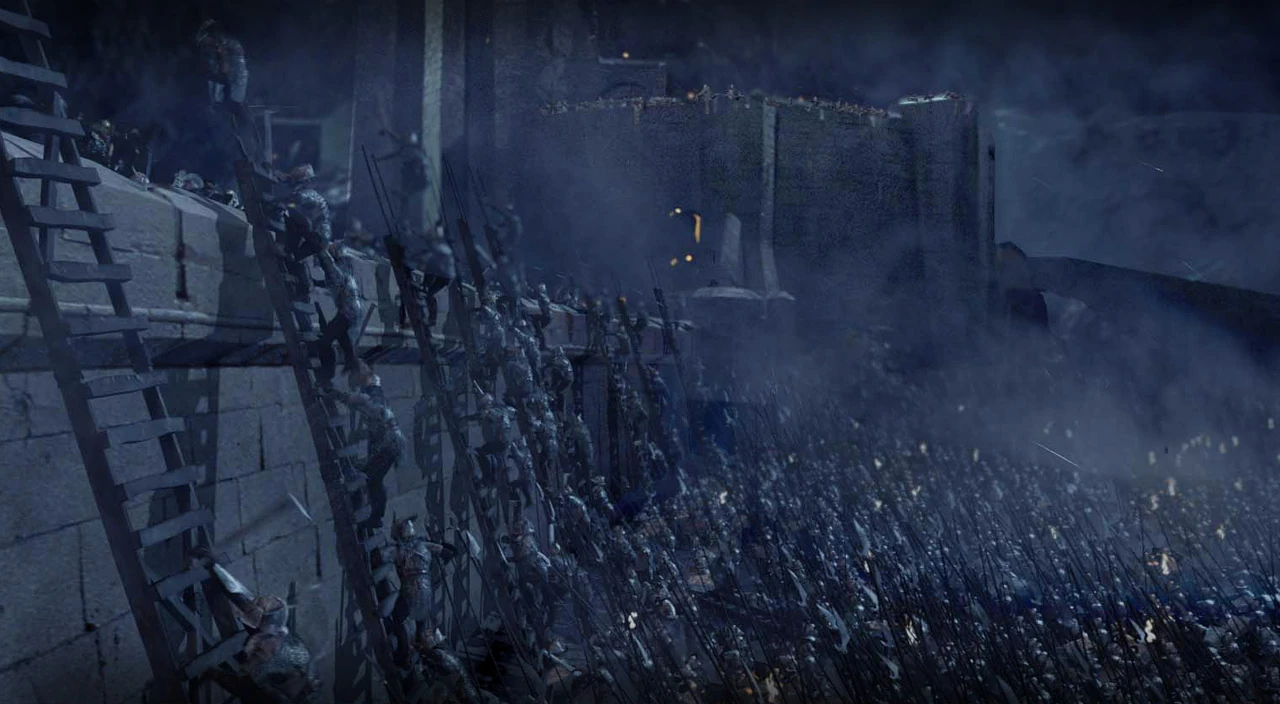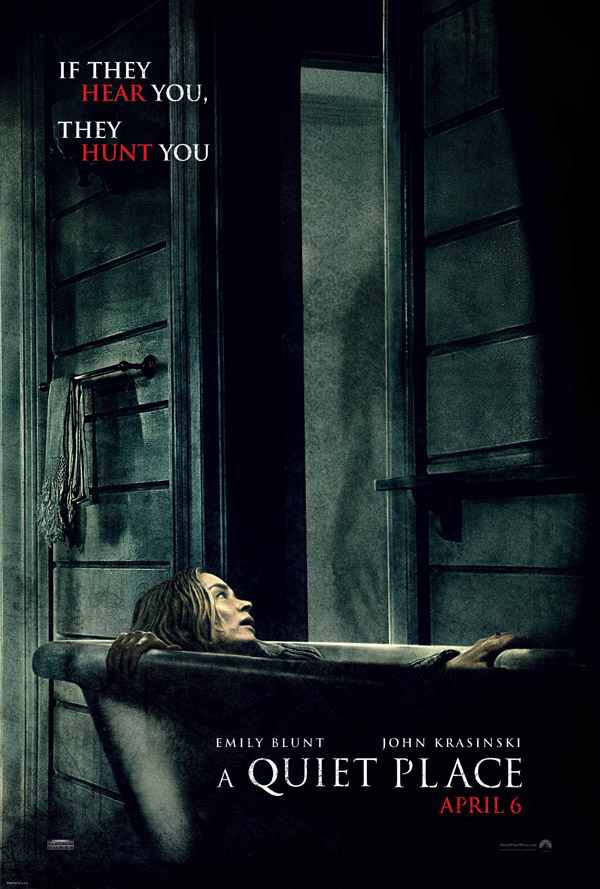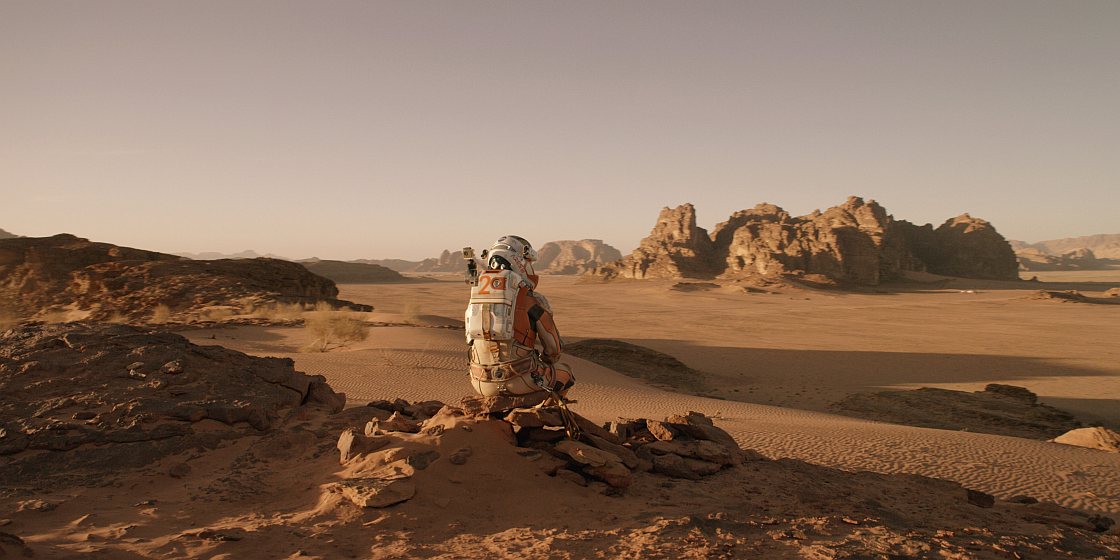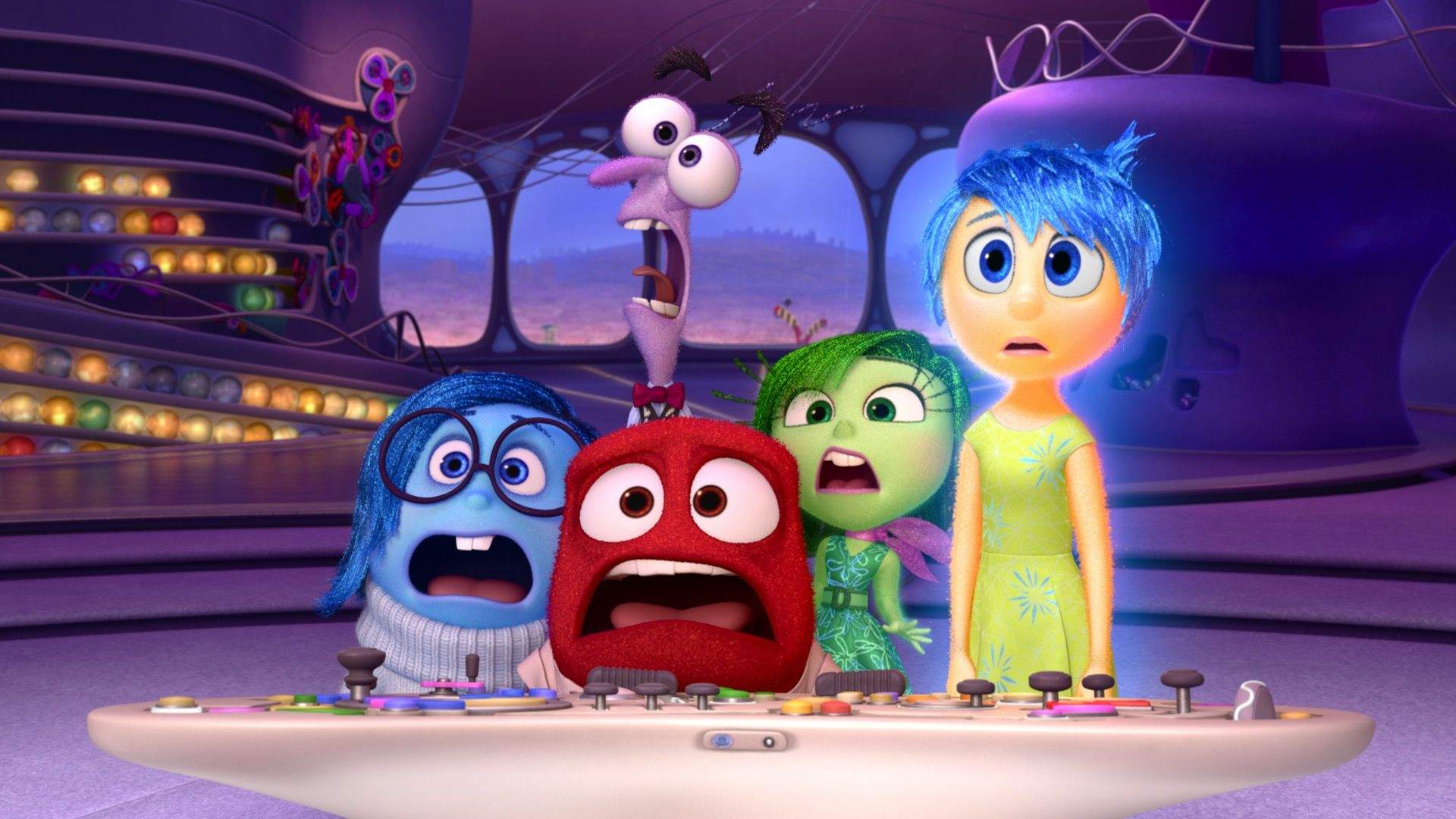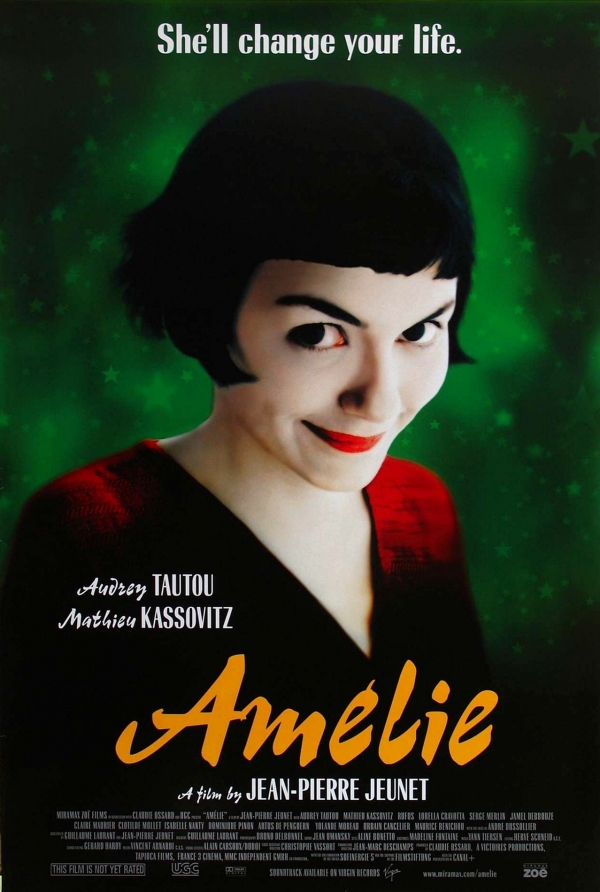A movie so meticulous and unconventional that it often swings between being totally revered to highly underrated. You could also make the same case for the rest of the Mann’s filmography, but nowhere does he epitomize it more than in here. This contemporary crime thriller- written and directed by Michael Mann -was initially released in theaters on December 18th, 1995, just in time to get ignored for awards season. Though it was largely overshadowed by other big contenders that year, it still managed to gross over $187 million at the worldwide box office against a $60 million and also managed to receive positive reviews. Mann had apparently taken the concept of the movie from a real-life tale, initially drafting a 180-page pilot episode for a proposed T.V. series called L.A. Takedown. After that project ultimately fell through, he trimmed it down when Warner Bros. showed interest in a feature film. When it was all said and done, the main marketing material focused on the fact that its two legendary stars would appear on-screen together for the first time. Robert De Niro stars as Neil McCauley, a career criminal who pulls off a string of professionally armed robberies in the city of Los Angeles. After his latest heist goes wrong, veteran LAPD Lieutenant Vincent Hanna picks up on the trail and begins an obsessive cat-and-mouse chase. While his crew members want to leave town as soon as possible, McCauley is pulled back in by recently found love and gets ready for one last hurrah. As is apparently a continuing trend with my New Year’s resolution, prior to this viewing, I had never actually seen the movie Heat. Small clips of famous scenes, sure I had watched on YouTube. But part of my fear is that when a movie like this is held up in such high regard when I sit down to watch it I may not have the same reaction as many other fellow cinephiles. A movie about a cop and a professional thief chasing one another around a big city for 2 hours and 50 minutes? That seems like an awfully big commitment, even for someone such as myself who loves watching long movies most of the time. Yet once again, my fears were almost completely unfounded; this film is amazing and inexplicably gripping. Most films will probably have one moment that shows any hint of realism or attachment to reality. Ultimately, while these moments might be nice, the film will have to sacrifice the rest for style, obviously to keep the viewer intrigued. What’s especially remarkable about Michael Mann’s Heat is how well he balances the traditional style of Hollywood with realistic combat and character interactions. From the intelligent lines of dialogue to the hyper-intense gun battles between cops and criminals, it all feels like something that could really take place in our own world. Not just because this story actually happened in real life, but also because these characters are fully fleshed out into tangible beings. And a lot of that credit goes to the remarkable all-star cast. The film may have been marketed solely on Robert De Niro and Al Pacino appearing onscreen together, but they’re incredible on their own as well. Both feel so alienated from the rest of society that they ironically complete each other, despite their opposing professions. The iconic scene where the two sit down for coffee is so simple and naturalistic, yet carries an invisible weight of tension. Their supporting players include Val Kilmer as McCauley’s restless sniper/right-hand man, Ashley Judd as a prostitute-turned housewife, Amy Brenneman as a young graphic designer looking for a bit of excitement in her life, Mykelti Williamson and Wes Studi as local cops running out of options, and an early role from 15-year-old Natalie Portman as a depressed step-daughter. They all bring their A-game and add little pieces to the overall puzzle. Meanwhile, Mann’s ability to balance out style and realism shows in the technical aspects. The cinematography by Dante Spinotti is caught primarily on a widescreen telephoto, which brings the city of Los Angeles to vivid life. Much in the same manner as Mann’s later film Collateral, some of the best shots in the film are captured at night time. The opening and closing shots are particularly artful, taking place in spaces that feel familiar yet strangely alienating. But major props to the sound designers for their commitment to realism. The gunshots during action sequences in this film sound and feel like the real thing. Cracking, echo-like, utterly shocking. This is especially the case during the famous heist shootout, which has quickly risen up to become one of my favorite action scenes in cinema. Combined with the frenetic, collaborative editing of William Goldenberg, Dov Hoenig, Tom Rolf, and Pasquale Buba, the 7-minute sequence never ceases to tense up and leaves little breathing room. It’s almost never shaky and rarely features multiple cutaways in the same scene together. Elliot Goldenthal, one of the most unconventional film composers in the industry, brings a harsh and unforgettable score to the table. Like much of his other work in the action genre, there are several atonal passages of French horns whining about. However, he also builds and sustains a penetrating, challenging atmosphere through a set-up of electric guitars. The soundtrack also includes works from other composers, including Brian Eno, Kronos Quartet, and Moby. The latter two are really impressive with a piece called “God Moving Over the Face of the Waters” that plays during the final scene and over the credits. It’s a gorgeous track that perfectly captures the entire tone of the story thanks to contrasting piano melodies, low strings, and distant percussion. However, I have to recognize that there are probably going to be a handful of people who don’t like this movie. Michael Mann doesn’t really make movies that are in the mainstream, per se. The characters, lawful or chaotic, are all initially hard to like, despite their motivations and traits being laid down early on. And plus, as mentioned before, to some, the daunting runtime of 2 hours and 50 minutes, will likely make viewers feel bored or uninterested. What sort of rime thriller ever has to be that long anyway? Thankfully, for today at least, I am not among that crowd. Heat is an amazing blend of character drama and cinematic style. Although I’ve only just recently watched it for my New Year’s resolution, I’m perfectly willing to rank it among the greatest films ever made. The coffee scene, the heist shootout, the final chase. It all adds into a action-packed yet still-human look at the dichotomy of professions. This should be taught as an example of style meets realism.



